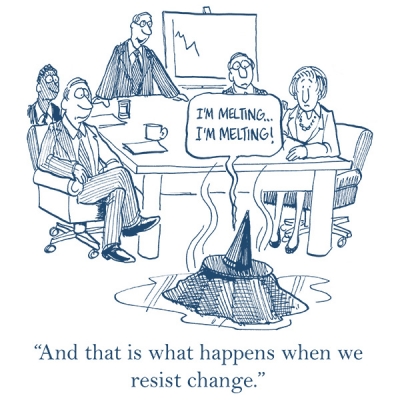Change is much easier when people actually WANT to change. However, when people have beliefs the CRM will increase their workload or invade their privacy then this change can be a hard pill to swallow. Encouraging desire in the team is often the hardest step in the Change Management process.
We have found that the most successful approach to generating desire in the team is to develop positive associations with the system and its outcomes from 2 directions. We call these desire types ‘Intrinsic Desire” and “Compliance Desire”.
Intrinsic Desire can be created by team members seeing ways in which the system can make their lives easier. It could be access to the system from mobile devices, one-click communication with clients, simple report generation or the understanding that recording activities helps them remember key interactions. Regardless of the nature of the improvement, intrinsic desire is a powerful driver for change and a process should be undertaken to develop this in all CRM implementations.

